Determining Fault in Personal Injury Cases
Establishing liability in personal injury cases necessitates a comprehensive understanding of negligence, the role of evidence, and the influence of comparative negligence laws.
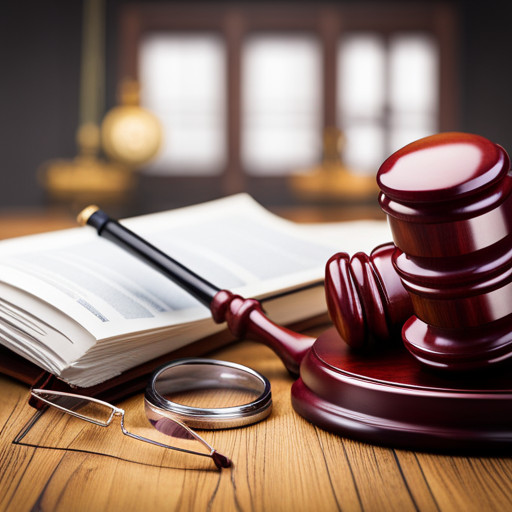
This article elucidates these complex factors in the determination of fault, discussing the significance of various forms of evidence, the impact of jurisdiction on comparative negligence, and the crucial role of personal injury attorneys in navigating these intricate legal processes.
Key Takeaways
- Liability in personal injury cases is established when an individual or business fails to fulfill their legal duty to prevent harm to others.
- Evidence in the form of photographs, witness statements, and surveillance videos can be used to prove fault in personal injury cases.
- Police reports and traffic citations can establish a breach of duty in car accident cases.
- Comparative negligence laws vary by jurisdiction, and consulting a legal professional is essential to understand how fault is determined in personal injury cases.
Understanding the Concept of Liability in Personal Injury Cases
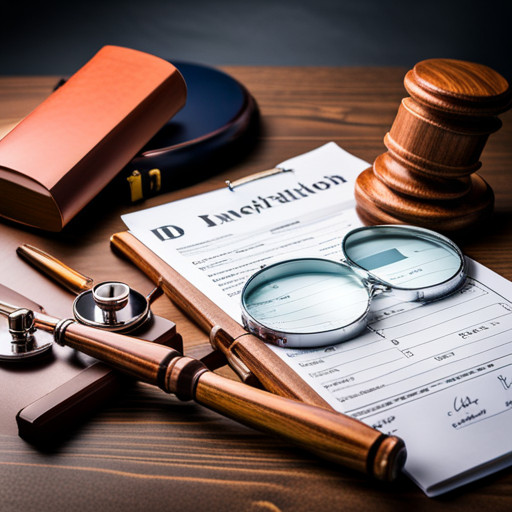
In the realm of personal injury cases, establishing liability involves determining whether an individual or business has failed to exercise reasonable care, resulting in harm to others, with the understanding that the concept of 'reasonable' is subject to interpretation.
The process is complex, often requiring a thorough examination of circumstances surrounding the incident, and careful liability interpretation. A critical aspect of this process is distinguishing between foreseeable harm resulting from negligence, and harm caused by unforeseeable events.
If harm is deemed foreseeable and preventable with reasonable care, liability may be established. Conversely, an unforeseeable event, outside the control or expectation of the individual or business, may absolve them from liability.
Hence, the establishment of liability is both a nuanced and critical aspect of personal injury cases.
The Role of Evidence in Proving Fault
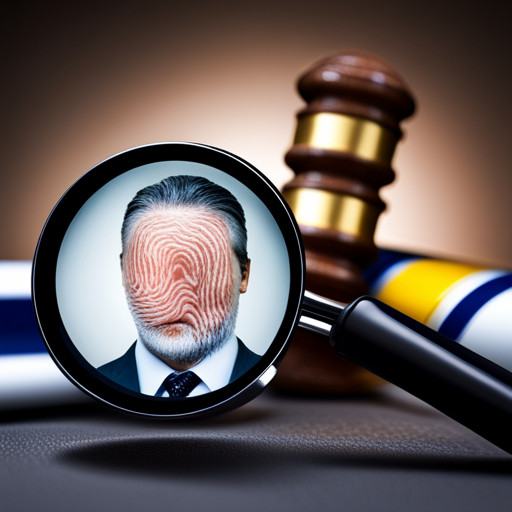
Evidence plays a crucial role in establishing liability, as it can come from a variety of sources including, but not limited to, photographs, surveillance videos, and eyewitness accounts. The importance of physical evidence in these cases cannot be overstated, as it provides a tangible link between the defendant's actions and the plaintiff's injuries.
The role of eyewitness testimony is equally pivotal, offering firsthand accounts of the incident in question. Careful analysis of these elements aids in constructing a convincing argument for liability.
- Physical evidence, often irrefutable, paints a vivid picture of the incident.
- Eyewitness accounts provide a human perspective, adding a layer of emotional authenticity.
- Surveillance videos serve as unbiased observers, capturing the incident in real-time.
- Photographs document the immediate aftermath, preserving details that may fade over time.
These components, when combined, provide a comprehensive framework for establishing fault in personal injury cases.
Importance of Police Reports and Traffic Citations in Car Accidents
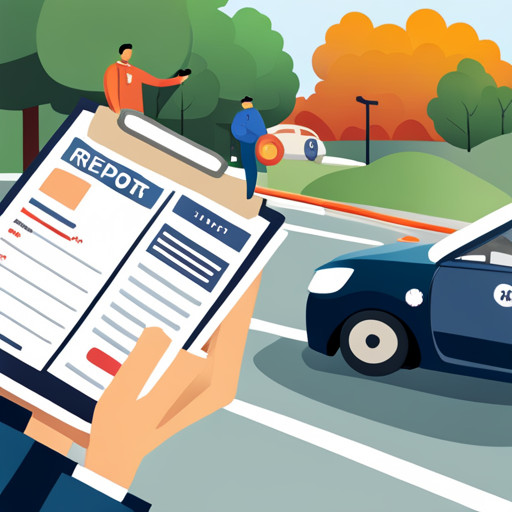
Police reports and traffic citations play a pivotal role in car accidents, often serving as key documents in establishing liability. These documents provide a detailed record of the incident, including information on possible violations of traffic laws.
The role of eyewitness testimony is also significant, as it can corroborate the details provided in the police report and shed light on the circumstances surrounding the accident.
On the other hand, accurate medical documentation is essential in establishing the extent of injuries sustained as a result of the accident. It serves as concrete evidence of the physical harm endured by the victims, directly linking it to the incident.
Therefore, both police reports and medical documentation are of paramount importance in determining fault in personal injury cases arising from car accidents.
How Medical Records Support Personal Injury Claims
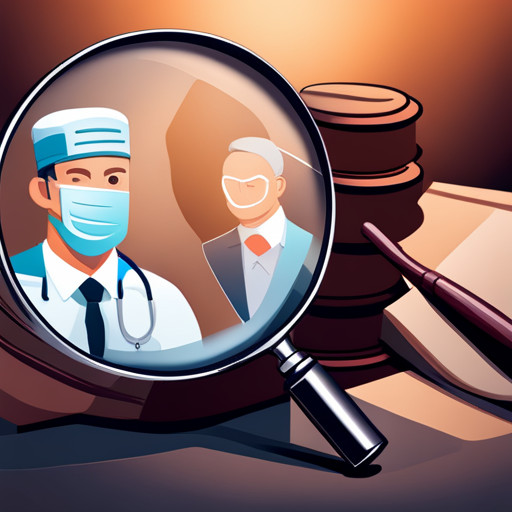
Medical records play a crucial role in substantiating claims in incidents involving harm or injury, as they provide a detailed account of the victim's health status post-incident. These records assist in establishing the severity of injuries, the timeline of the victim's recovery, and the potential long-term implications of the incident.
The role of medical experts is pivotal in interpreting these records, providing an unbiased assessment of the victim's condition and its correlation with the reported incident.
Often, the role of witness testimony complements the evidence provided by medical records, corroborating the sequence of events leading to the injury.
Medical records also serve as crucial evidence in court, helping to establish the veracity of the victim's claims.
Lastly, these records can influence the decision-making process of insurance companies, potentially affecting the amount of compensation awarded.
The Role of Insurance Adjusters in Determining Liability

In the realm of liability assessment, the role of insurance adjusters is pivotal as they scrutinize all aspects of the incident to ascertain the degree of responsibility borne by each party involved. This process, termed liability determination, is crucial in personal injury cases.
| Role of Insurance Adjusters | Liability Determination |
|---|---|
| Investigate the incident comprehensively | Determine the degree of fault of each party based on collected facts |
| Evaluate claims, including medical evidence, witness statements, and police reports | Assign responsibility, which influences compensation in personal injury cases |
| Negotiate settlements with claimants or their representatives | Decide compensation amount based on the liability assessment |
Hence, the insurance adjusters' role extends beyond mere claims processing, encompassing liability determination, negotiation, and settlement, all of which are integral to personal injury cases.
Judges and Juries: The Final Decision Makers in Personal Injury Lawsuits

Transitioning from the role of insurance adjusters in determining liability, the adjudication of personal injury cases ultimately falls within the purview of the judicial system. The role of judges, in particular, is central in these instances, with their duties extending to the interpretation and application of laws, direction of juries, and assessing damages.
- Judges elucidate laws pertaining to personal injury, guiding the understanding of both legal professionals and the lay public.
- They provide instructions to juries, contributing to informed and fair verdicts.
- Judges play a pivotal role in assessing damages, ensuring that the compensation awarded aligns with the extent of harm suffered.
- Their legal expertise and impartiality enhance the credibility and fairness of the adjudication process, fostering public trust in the justice system.
Involvement of Different Parties in Personal Injury Cases
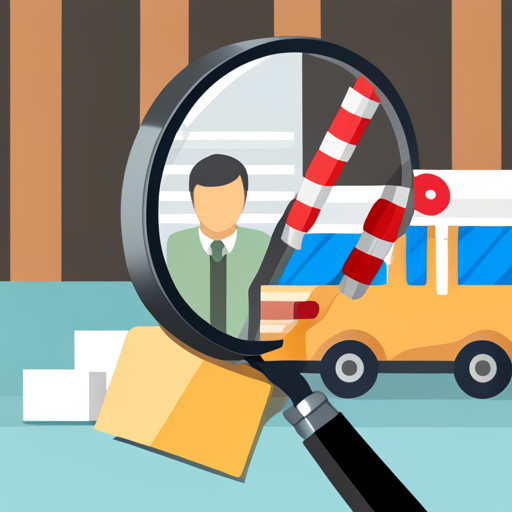
Various parties, ranging from at-fault drivers and business owners to manufacturers and government workers, can potentially bear liability in incidents leading to harm or injuries. The legal responsibilities of these entities often center around a duty of care, which, when breached, can result in liability.
Liability determination is a complex process that takes into account numerous factors such as the nature of the duty, the extent of the breach, and the causality between the breach and the harm caused. The role of evidence in this process is crucial, as it substantiates claims of negligence or fault.
Therefore, the involvement of different parties in personal injury cases extends beyond the immediate incident, influencing the trajectory of legal proceedings and potentially the outcomes.
The Impact of State Laws on Personal Injury Compensation
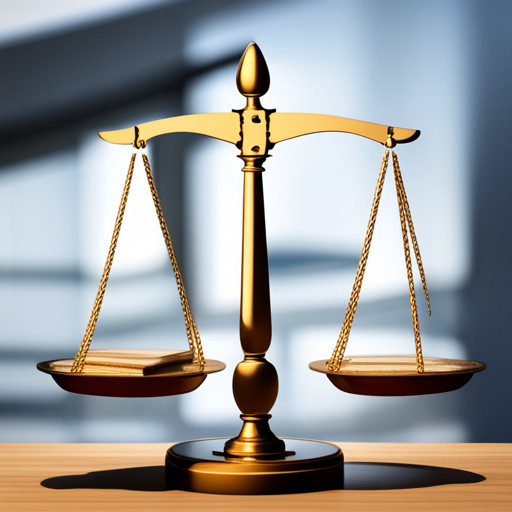
State laws play a significant role in shaping the compensation process for victims of harm or accidents, often influencing the amount and type of damages awarded. The impact of state laws on compensation in personal injury cases can be profound, as these laws often determine the extent of financial restitution a victim may receive.
Different states have varying statutes of limitations that dictate the timeframe for filing a personal injury claim.
Some states employ a comparative negligence system, which can reduce the victim's compensation based on their degree of fault.
Certain states cap the maximum amount of compensation a victim can obtain in certain types of personal injury cases.
In some jurisdictions, specific laws may restrict or prohibit certain types of damages, such as pain and suffering.
These variations underscore the necessity of understanding local laws when pursuing a personal injury claim.
The Importance of Legal Representation in Personal Injury Cases
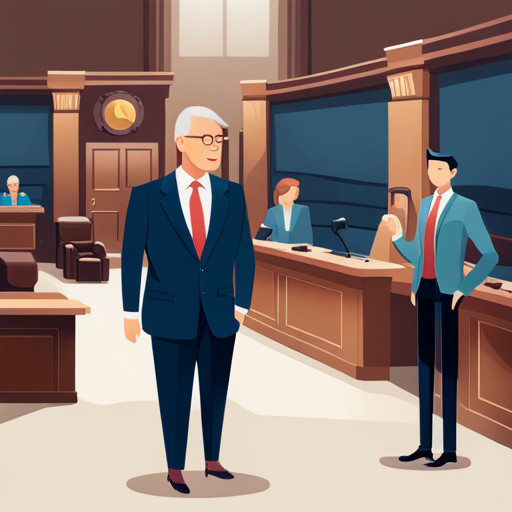
Legal representation plays a crucial role in navigating the complexities of liability and negligence claims, ensuring the rights of the injured party are protected, and advocating for fair compensation.
The benefits of hiring an attorney extend beyond general counsel. Proficient attorneys possess the acumen to interpret intricate legal jargon and nuances, providing clarity to the client. Furthermore, they are equipped to negotiate with insurance adjusters, gather necessary evidence, and effectively present the case in court.
A well-versed attorney can also assess the true value of a claim, ensuring that the injured party receives the maximum compensation due. Hence, the presence of an attorney not only facilitates navigating the legal process effectively but also increases the likelihood of a favorable outcome for the injured party.
Unpacking the Elements of Negligence

Unpacking the elements of negligence necessitates an understanding of four key components: duty of care, breach of duty, causation, and damages. These elements provide the framework for fault determination in personal injury cases.
- Duty of care refers to the legal obligation to act in a manner that does not cause harm to others.
- Breach of Duty is when this obligation is not fulfilled, resulting in potential harm.
- Causation connects this breach directly to the inflicted injury.
- Damages relate to the measurable impact of this harm on the plaintiff, both physically and financially.
Each of these negligence elements must be proven to establish liability.
This comprehensive understanding assists in the objective determination of fault and ensuring justice is served.
Key Factors Considered in Establishing Liability

Key factors considered in establishing liability include negligence, breach of duty, causation, and contributory negligence, each playing a critical role in the adjudication process.
Understanding negligence laws is paramount as they form the basis of most personal injury cases. Negligence is established when a duty of care is breached, resulting in harm. The breach must be the proximate cause of the damage for liability to be determined.
Contributory negligence comes into play when the injured party's actions have in some way contributed to the harm suffered. Factors affecting liability determinations also include the quality of evidence presented and the application of comparative negligence laws.
Knowledge of these factors aids in establishing liability, thus influencing the outcome of personal injury cases.
Types of Evidence Used in Establishing Fault
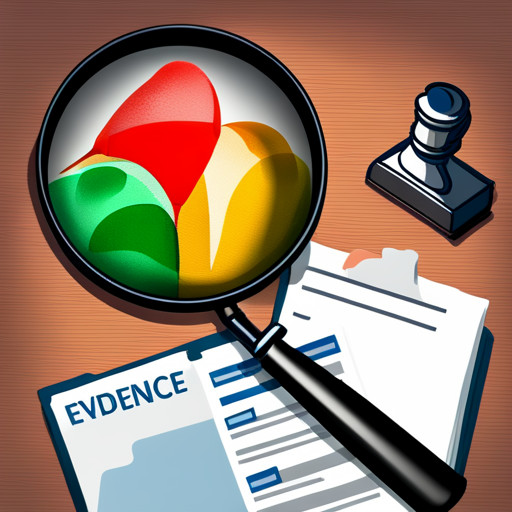
Physical evidence, medical records, documentation, witness statements, and digital evidence serve as crucial components in establishing culpability in legal disputes.
The role of witness statements cannot be overstated as they provide firsthand accounts and vital details of the incident. Equally significant is the importance of documentary evidence, which may include photographs, medical reports, contracts, or emails.
Physical evidence may include items left at the scene, which corroborates the events leading to the injury.
Medical records substantiate the extent of injuries, their causation, and the subsequent treatment.
Documentation, such as contracts, can pinpoint responsibility and provide a timeline of events.
Digital evidence, including surveillance footage or electronic communications, can provide a comprehensive and objective account of the incident.
The Role of Comparative Negligence in Determining Liability
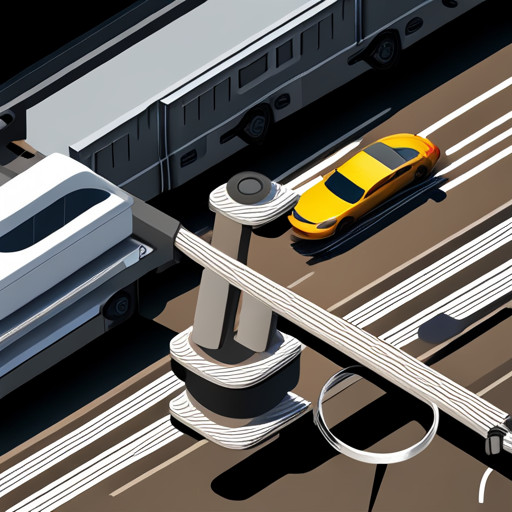
Comparative negligence plays a pivotal role in the adjudication of liability, often influencing the allocation of fault between the plaintiff and defendant. This legal doctrine considers the extent to which each party may have contributed to the occurrence of the injury or damage.
| Comparative Negligence Type | Comparative Negligence Implications | Comparative Negligence Defenses |
| Pure Comparative Negligence | Plaintiff's damages reduced by their percentage of fault | Defendants can argue to increase plaintiff's percentage of fault |
| Modified Comparative Negligence | Plaintiff can recover only if their fault is below a certain threshold | Defendants can argue that plaintiff's fault surpasses the stipulated threshold |
| Contributory Negligence | Plaintiff is barred from recovery if found even minimally at fault | Defendants can argue plaintiff's slightest fault |
Thus, understanding comparative negligence is crucial in personal injury cases, as it directly impacts the determination of liability and subsequent compensation.
The Effect of Jurisdiction on Comparative Negligence Laws
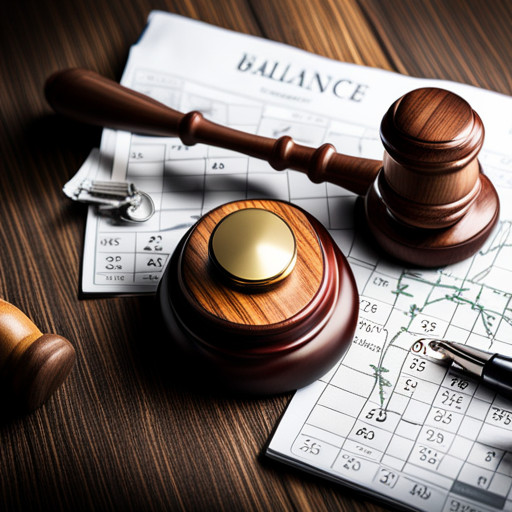
Jurisdictional variations significantly influence the implementation and interpretation of comparative negligence laws, necessitating careful examination of local statutes and precedents. The scope and impact of comparative negligence rules vary across different jurisdictions. The legal implications of comparative negligence are substantial and far-reaching, affecting the determination of liability in personal injury cases.
Jurisdictions may use either a pure or modified comparative negligence system, influencing the percentage of fault an injured party can bear and still recover damages.
The threshold for recovery under modified comparative negligence systems can vary, further complicating the litigation process.
The interpretation of what constitutes a 'reasonable person' for the purpose of establishing negligence can differ across jurisdictions.
The manner in which evidence is evaluated and weighed to establish comparative negligence can be influenced by local legal culture and norms.
Frequently Asked Questions
What Is the Process of Filing a Personal Injury Claim?”
The process of filing a personal injury claim involves several critical steps.
Initially, the injured party should seek immediate medical attention for injury assessment.
Subsequently, the collection of claim documentation, including medical records and evidence of fault, is crucial.
This documentation should then be reviewed by a legal professional to establish a solid claim.
Lastly, the claim is filed with the at-fault party's insurance company for negotiation or, if necessary, litigation.
Can a Personal Injury Case Be Reopened After It Has Been Settled?”
In most cases, settlement agreements in personal injury cases are final and legally binding. However, under exceptional circumstances, a 'Settlement Reversal' may be possible. This typically requires evidence of fraud, misrepresentation, or a significant mistake.
Nevertheless, 'Post Settlement Rights' are limited and the threshold for reopening a case is high. Legal advice should be sought to understand the potential for revisiting a settled personal injury case.
What Is the Typical Timeline for a Personal Injury Lawsuit?”
The typical timeline for a personal injury lawsuit varies greatly. It commences with immediate steps post-injury, including medical treatment and hiring legal representation.
The case then proceeds through stages such as initiation, discovery, and potentially trial.
Lawsuit duration is significantly impacted by settlement negotiations, potentially shortening the timeline if both parties agree on terms.
However, complexities or disagreements can extend the process, making each lawsuit unique in duration.
How Can I Protect My Rights After a Personal Injury Accident?”
Protection of rights after a personal injury accident entails two critical steps: insurance negotiation and evidence preservation.
Navigating insurance discussions requires knowledge of entitlements under the law.
Preserving evidence is also crucial, as it supports claims and establishes liability. This process includes photographs of the incident scene, medical records, and witness testimonials.
Consulting a legal professional can provide valuable guidance in these areas, ensuring optimal outcomes.
Can I File a Personal Injury Claim if the Accident Happened at Work?”
In the context of workplace accidents, personal injury claims can indeed be filed, especially when employer negligence is evident. However, such cases present unique challenges due to the nuances of Workers' Compensation laws, which generally limit employees' rights to sue their employer.
Nevertheless, if an employer's negligence is extreme or if a third-party is at fault, pursuing a personal injury claim outside the Workers' Compensation system may be a viable option.

This post has been generated by AI and was not reviewed by editors. This is Not legal advice. Please consult with an attorney.



